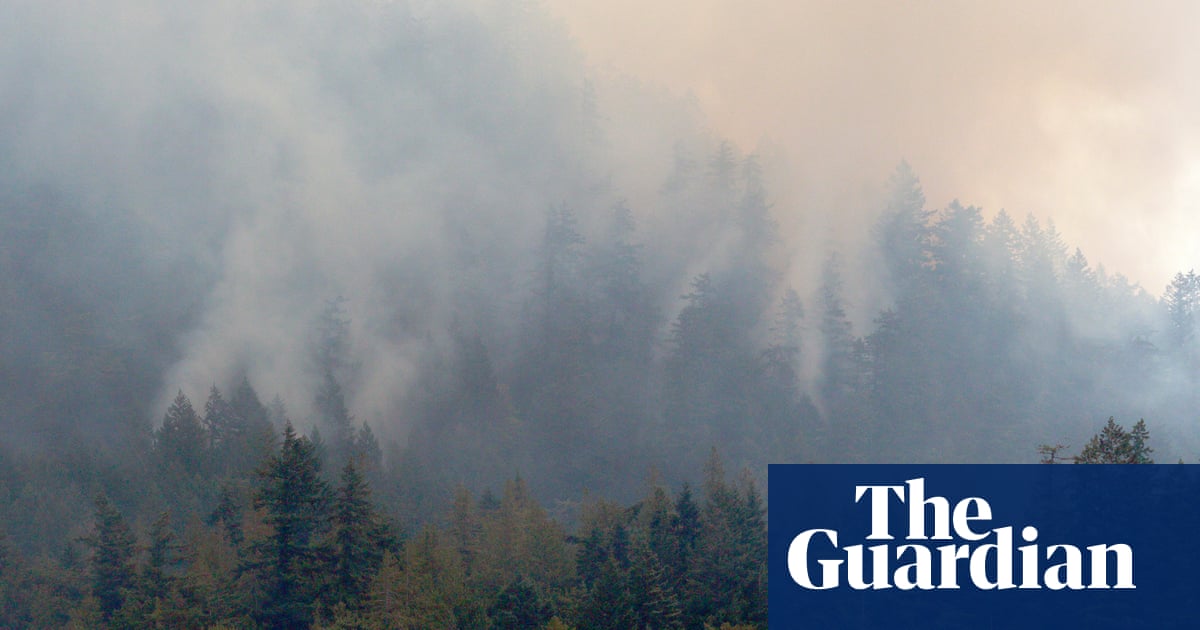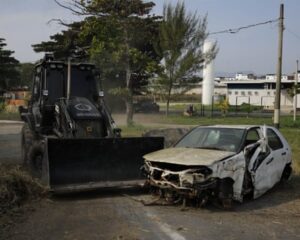
Hundreds of wildfires continued to burn across Canada and parts of the US on Tuesday sending smoke from the blazes across the region and reducing air quality in both countries.
US air quality tanked from the Great Lakes region to the north-east, making skies hazy from Minneapolis to New York City and even prompting a ground stop at Boston’s Logan international airport due to “low visibility” on Monday. Detroit, New York City and Chicago continued to record some of the worst air quality in the world on Tuesday, according to IQAir, ranking fourth, 10th and 11th respectively.
In Canada, Montreal and Toronto had seen significant improvements by Tuesday and no longer ranked in the top 20 for unhealthy air.
About 81 million Americans remain under air quality alerts in Minnesota, Wisconsin, Michigan, northern Indiana, Pennsylvania, New York, New Jersey, Connecticut, Massachusetts, Vermont, Rhode Island, New Hampshire, Delaware and Maine, according to the National Weather Service. It is expected to improve for most areas by Wednesday.
A high-pressure system parked over the midwest is trapping the smoke in place, causing air quality issues to linger for several days, according to the Michigan Department of Environment, Great Lakes, and Energy.
There are 747 active wildfires currently burning across Canada, with 507 – over two-thirds – of them out-of-control, according to the Canadian Interagency Forest Fire Centre (CIFFC), a non-profit organization that is owned by government agencies, including 165 in Manitoba, 134 in British Columbia, and 111 in Northwest Territories.
Most of the current fires that are causing the poor, smoggy air quality and reduced visibility are connected to warmer-than-average temperatures, drought conditions, decreased levels of snowpack and low soil moisture, according to Natural Resources Canada. All of those factors are driven by global heating, NRC says.
In the western US, a huge wildfire in central California – the Gifford fire – has raged through 72,460 acres in the Los Padres national forest and is only 7% contained, threatening hundreds of homes and so far injuring three people. Firefighters have been battling the blaze, which grew out of several smaller fires that erupted along State Route 166, affecting Santa Barbara and San Luis Obispo counties, since Friday.
A warming and drying trend was expected to continue from Wednesday through the weekend, with temperatures up to 90F to 100F (32C to 38C) on Thursday and Friday, with increasing fire behavior, officials said.
Red flag warnings remain in place for parts of Nevada, Utah, Colorado and Wyoming due to very dry conditions, low humidity and gusty winds, with western fires creating smoky skies from Los Angeles to San Diego and to Las Vegas.








